Bath aluminum foil

Everyone has known about the healing properties of the bath for a very long time. However, in order for a self-built bathhouse to really be such, it is necessary to make high-quality insulation. One of the simplest, most affordable, but at the same time effective insulation is aluminum foil. Many baths are insulated with foil. About what properties it has, what it happens, and also how to choose it correctly, will be discussed in the article.

Characteristic
As you know, aluminum foil is a heater for the reason that it reflects more than 97% of the infrared rays that fall on it. Thus, the aluminum foil for the bath is able to provide a high temperature in the bath room for a long time (that is, the heat will remain in the bath at the maximum level).
The material itself can easily withstand air temperatures up to 300 degrees Celsius and at the same time does not become a source of various vapors and secretions.
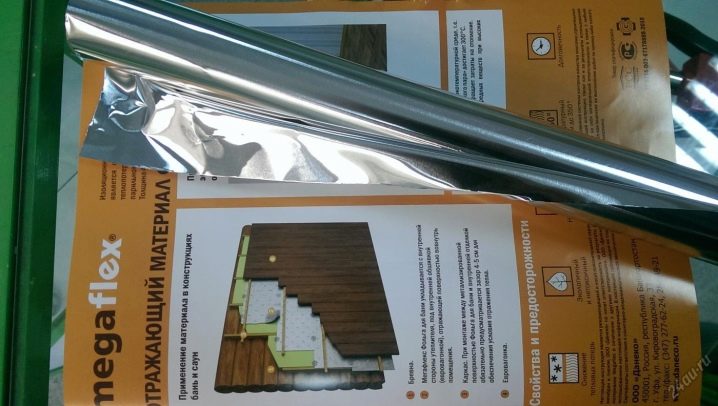
The advantages include the low weight of the material, as well as its availability. The foil does not rust, does not let in steam, does not get wet, and is flexible. However, the main characteristic of the material is its thickness - the cost depends on it, as well as the efficiency. The most common models are 100 md (micron) and 50 md.
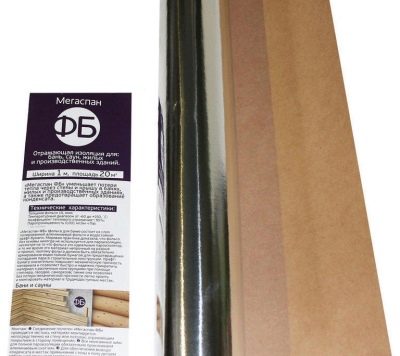
Varieties
Speaking about the types of aluminum foil, they often mean material with different thicknesses.
-
The largest thickness of this material for bath insulation is 100 microns. Usually sold in rolls of 10 meters. The width of the roll is 120 cm. Obviously, the area of 1 roll is enough to cover 12 sq. m. Such material costs about 2,000 rubles per roll.
-
The second thickest variety of this material has a size of 80 microns. Rolls are often also sold in volumes of 10 meters each and have the same coverage as the previous version. The difference lies in the price - the cost of one roll ranges from 1200 to 1500 rubles.
-
Even thinner foil 50 microns thick has a cost of about 700-800 rubles per roll. This is usually the minimum foil thickness that can be found commercially.
-
In rare cases, you can purchase material from 30 md. Price - no more than 50 rubles per roll.
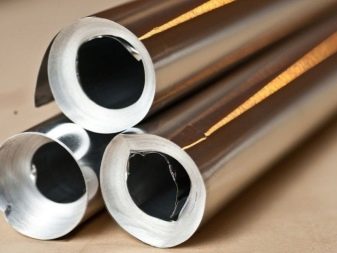
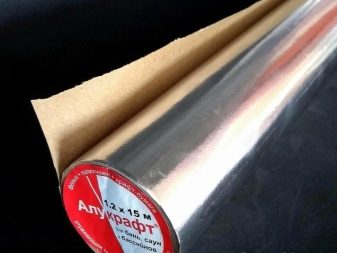

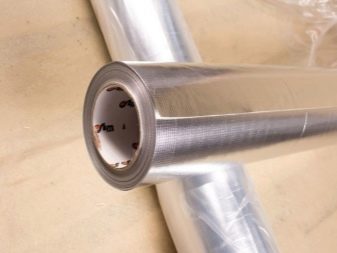
Speaking on a larger scale, all the foil for the bath can be divided into several more types. Here are some of the most popular ones.
- Plain foil without a base. It is considered the most tear resistant among all other species. When mounted, it is "placed" on pre-assembled heaters.
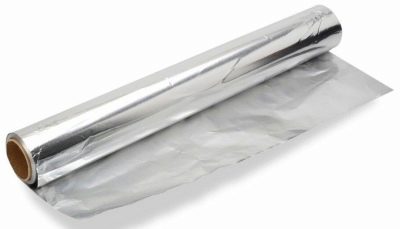
- Kraft foil. It always has a paper base, sometimes also a polyethylene base. Known as Isolar. The material is very easy to install, but it does not withstand temperatures over 100 degrees. When using this type of foil, you can do without installing insulation.

- Folard. It is a material reinforced with fiberglass mesh. The dimensions of each mesh cell are usually 4x4 mm. It can have two or one foil layers. In the first case, the mesh is located between two layers of foil. Withstands up to 300 degrees. There are three types of this material: type "A" foil includes one layer of foil, the temperature range is from -40 to 150 degrees; type "B" material consists of two layers and can withstand temperatures from -40 to 300 degrees; the product of type "C" also has one layer, but also has an adhesive base, withstands temperatures from -40 to 80 degrees.
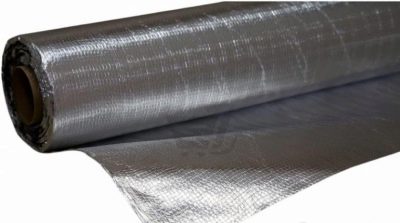
- Folgoizolone. It is a foamed polyethylene, but with a foil coating. As a rule, it is used more to reduce heat loss, rather than its reflection (as opposed to foil). Of the advantages - it is practically not subject to mechanical stress, and is also easy to cut and install.
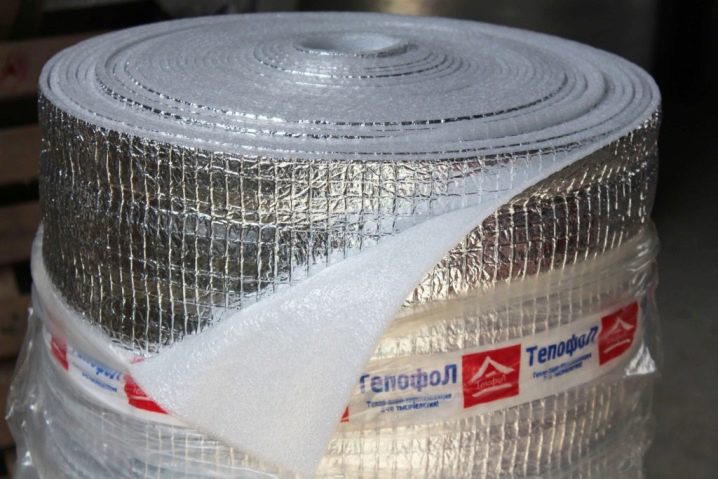
Criterias of choice
Be sure to take a foil with a backing. As it has already become obvious, kraft paper, expanded polyethylene, mineral wool and fiberglass mesh are usually used as a substrate (the last foil is reinforced). The backed cover is easier to mount. Unlike a product without a backing, it is more durable. Such "canvases" are easier to store and transport, they are better attached. It is necessary to take into account the characteristics of the substrate material. The latter should have relatively high thermal resistance parameters.
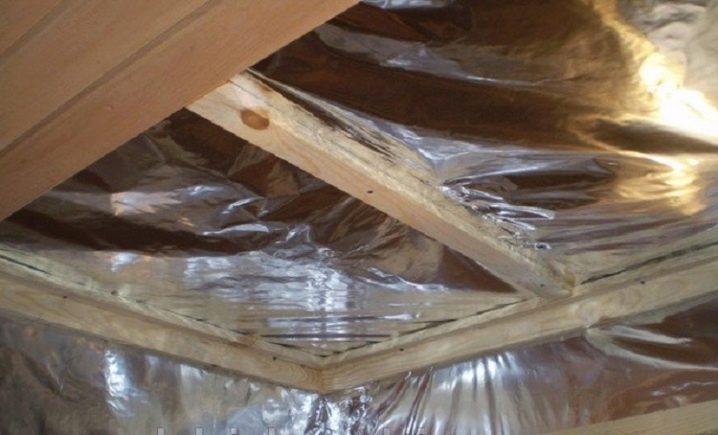
A material with a reflectivity greater than 95% should be selected. A high percentage of reflection indicates the quality of the material and the ability to retain heat. The vapor permeability of the material should be no more than 0.01 g per square meter.
It is necessary to select the foil, having previously studied and selected the manufacturer. It is recommended to read the reviews. It is best to opt for a manufacturer that uses an environmentally friendly material - the foil should not emit any substances when heated, and the manufacturer must guarantee this. Turning to guarantees, it is worth noting that it is best to purchase products with a warranty period.
It is recommended to inspect the foil personally - it should not be easily damaged or damaged on the surface.
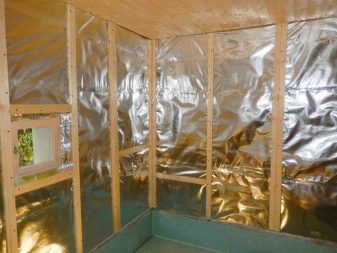
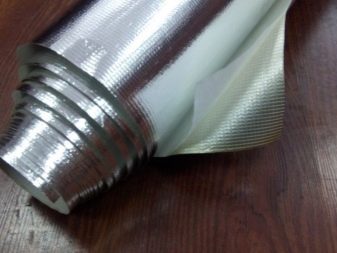
Application features
You can attach the material to the walls (provided that they are wooden) using nails or a construction stapler. Sometimes it happens that the sheets of foil need to be fastened together. For this, you can use foil tape.
After installing the material, it is imperative to leave a gap between the foil and the topcoat. This is especially true for the sauna. Thanks to this "air space", the foil will reflect heat better, and accordingly, it will allow the room to stay warm longer.
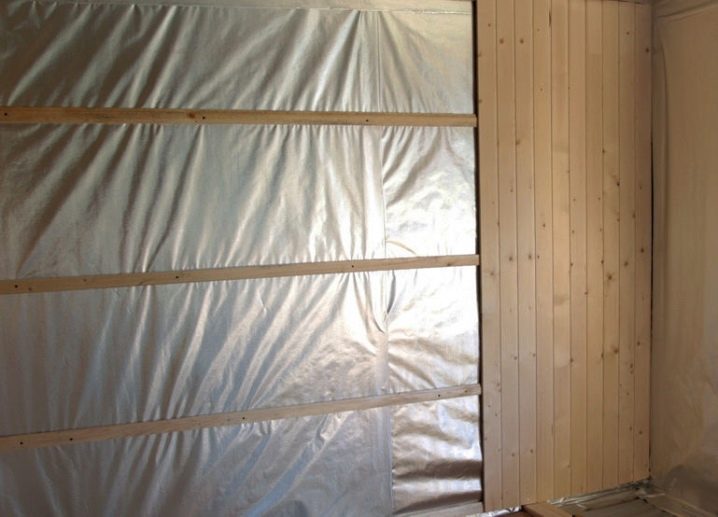
Obviously, the material conducts current well, and therefore insulation of electrical equipment is required. Wiring must be taken seriously.
It is best to place the foil in front of the stove, and this is especially true for wooden baths. With this arrangement, all the reflected heat is directed into the room, and the walls practically do not heat up. If the material is placed differently, the wooden walls may heat up and catch fire.
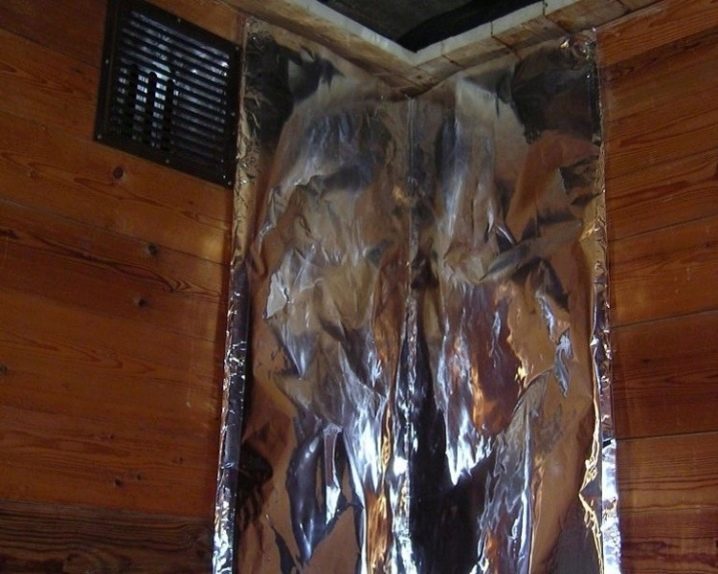




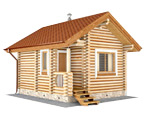
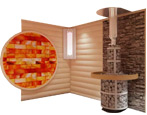
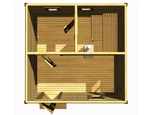
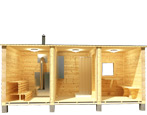
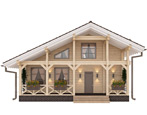



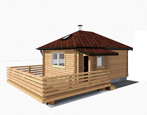

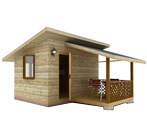

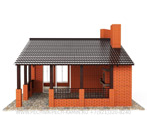
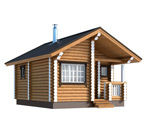
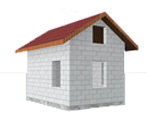

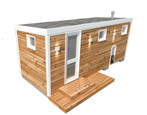
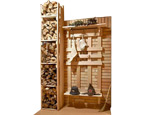

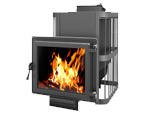
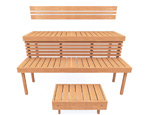
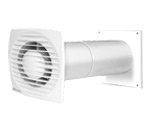

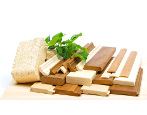

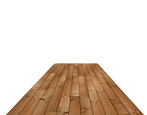
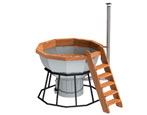
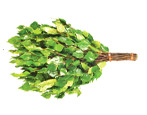
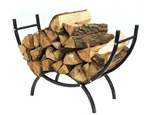
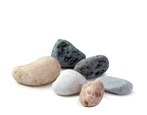
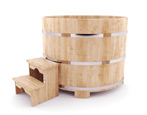
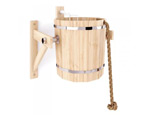
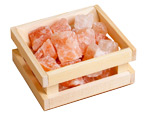
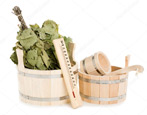

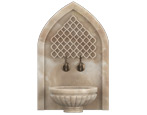

























































The comment was sent successfully.